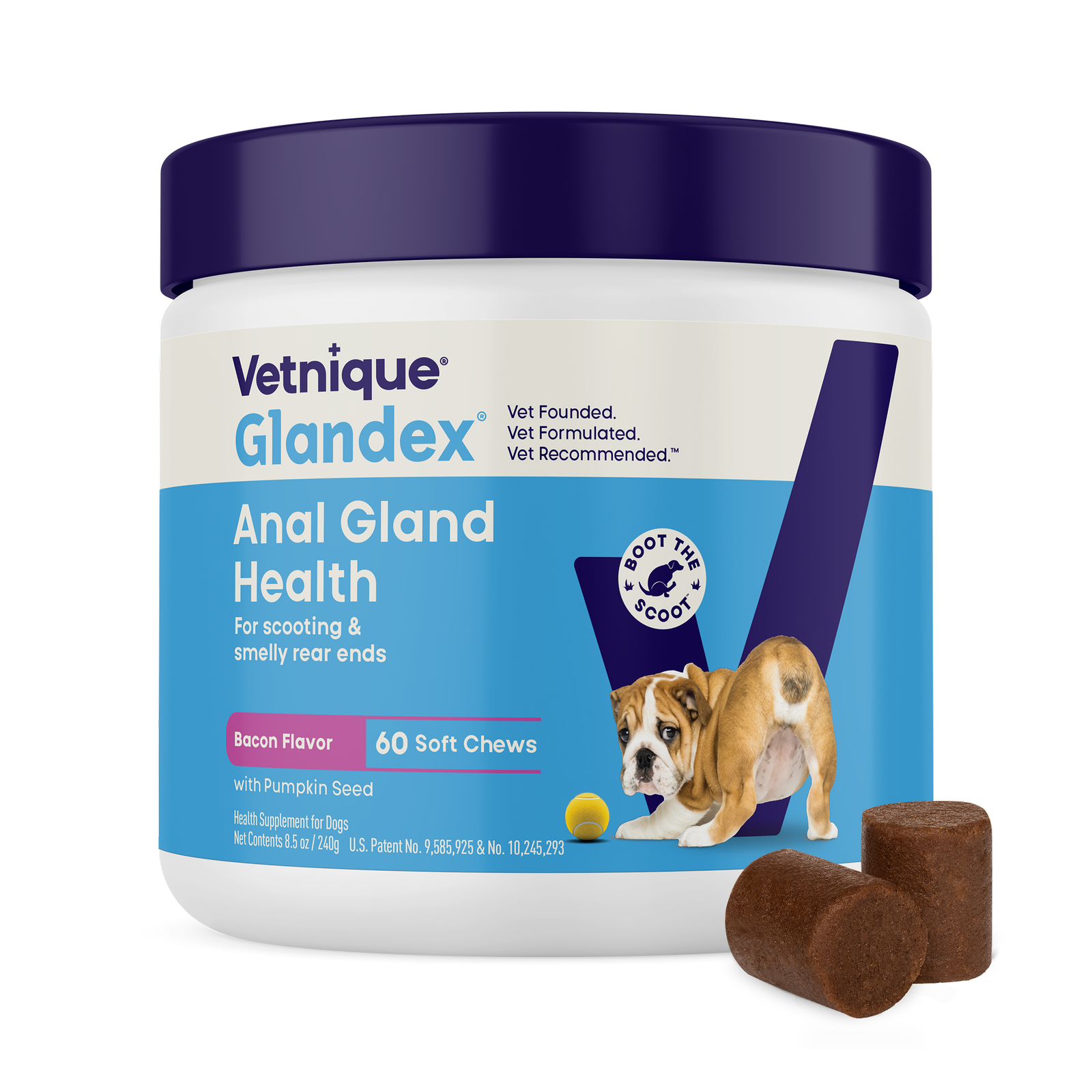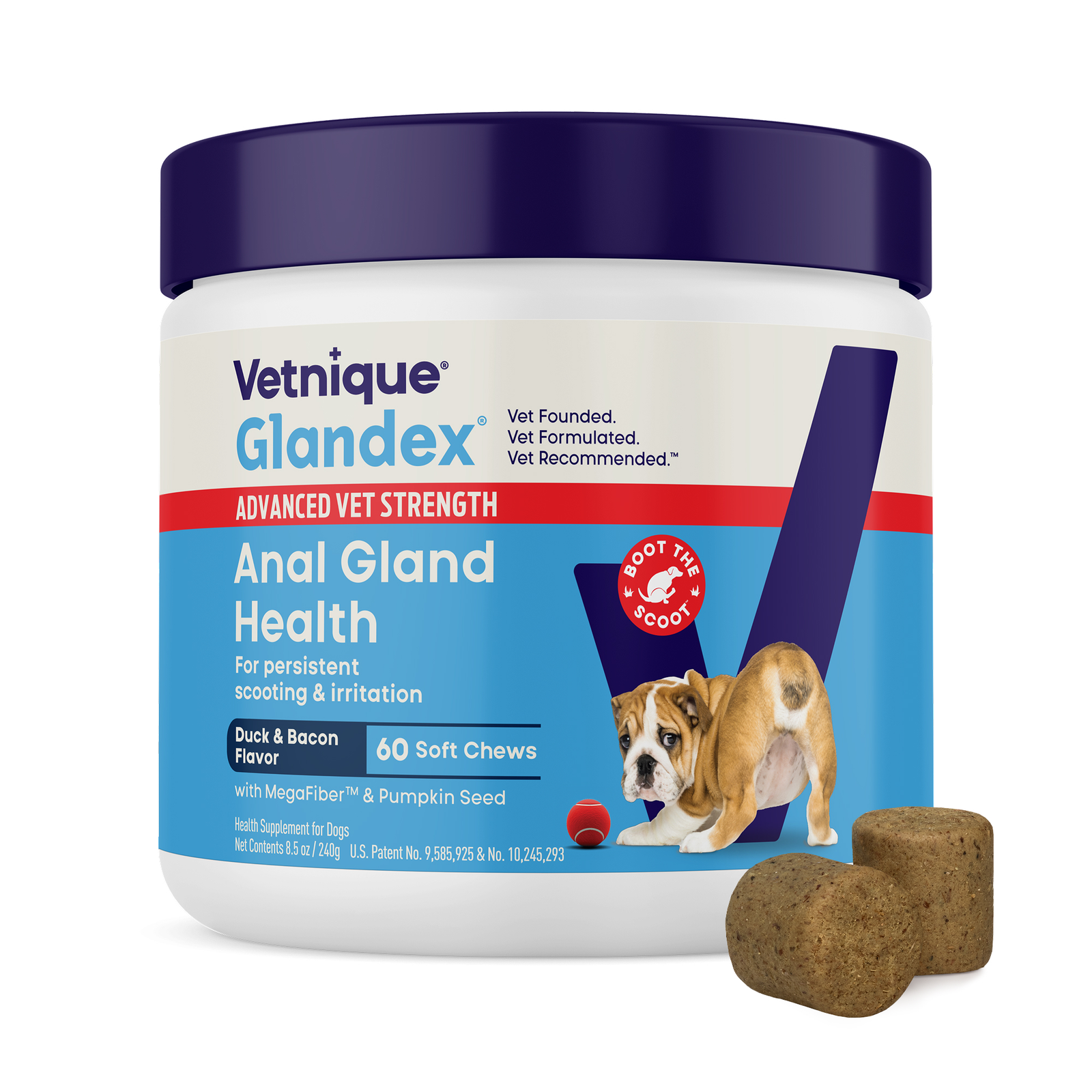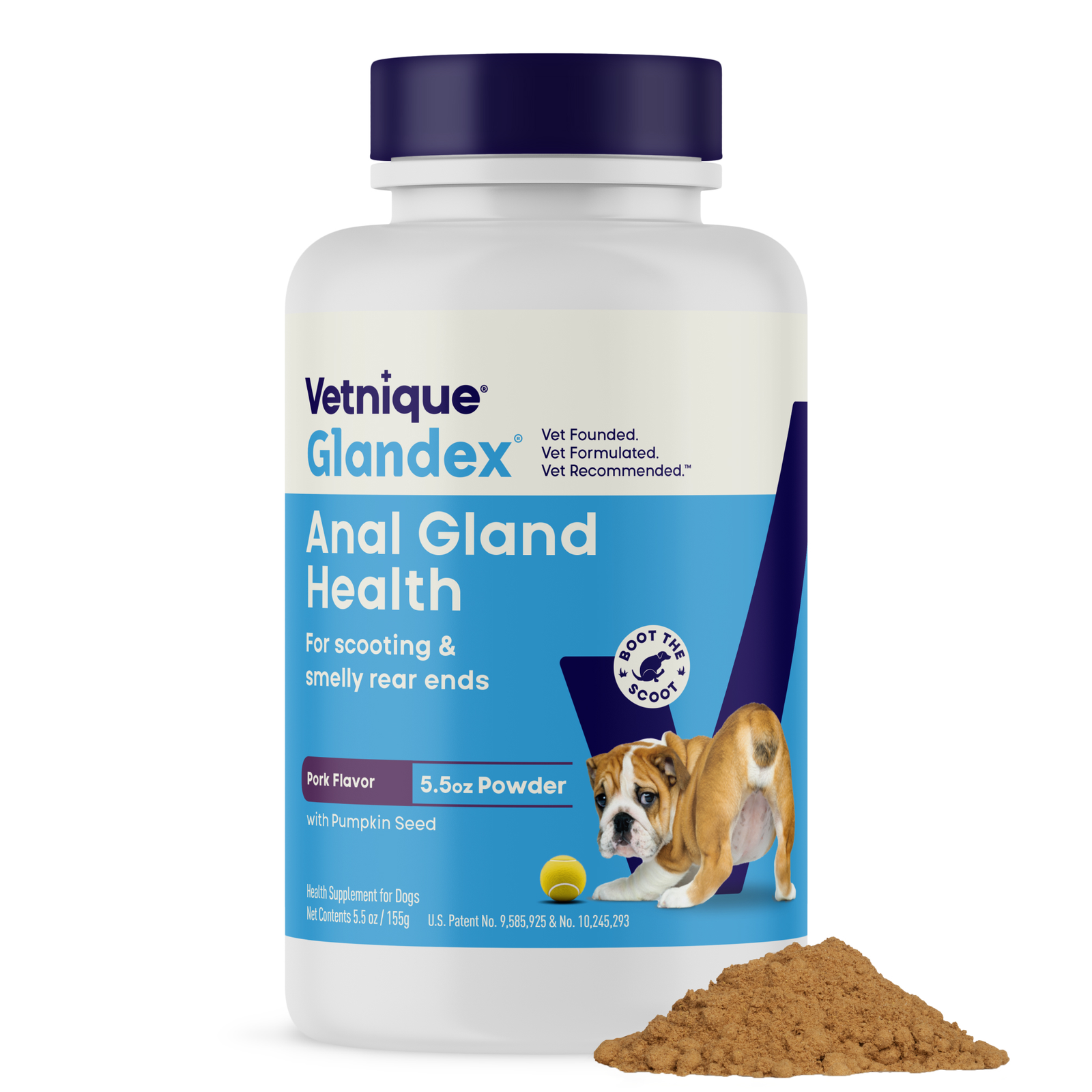Dogs can experience age-related health issues just like we do—and one of the most impactful is Canine Cognitive Dysfunction (CCD), often compared to dementia in humans. This condition leads to a gradual decline in your dog’s cognitive functions, affecting memory, behavior, and daily routines. In this post, we’ll explore some of the potential causes and early signs of doggy dementia, along with practical tips to help keep your senior pup as comfortable, calm, and happy as possible if you start noticing changes.

What Causes Dementia in Dogs?
Doggy dementia, or Canine Cognitive Dysfunction (CCD), is most often caused by age-related changes in the brain. As dogs grow older, their brain cells can begin to deteriorate, leading to a buildup of proteins that disrupt normal nerve function. This can interfere with how your dog processes information, remembers routines, or interacts with their environment. While age is the biggest factor, other influences—like genetics, underlying health issues, and even reduced sensory input—can also play a role in the development of CCD.
Signs of Canine Cognitive Dysfunction
The signs of dementia can be subtle and often develop gradually. This slow onset makes it easy to mistake early symptoms for normal aging. However, CCD is a progressive neurological condition that affects memory, learning, and behavior, much like Alzheimer’s disease in people.
If your dog is starting to show changes in behavior or daily habits, it might be more than just old age. Below are some of the most common signs to watch for if you suspect your dog may be experiencing cognitive decline:
- Confusion. Is your dog looking lost or disoriented? Is he or she pacing back and forth or in circles? Or perhaps getting ‘stuck’ somewhere there’s a clear way out?
- Aggression. Dogs with CCD can have little patience, and can display signs of aggression.
- Depression. If your dog seems withdrawn, anxious or depressed this could be a sign that something’s wrong.
- Memory loss. Your canine may appear to have forgotten certain commands, where food and water bowls are kept, and may stop responding to his or her name.
- Sleeping more and eating less. Extra-long naps aren’t a cause for concern, but if your dog’s suddenly sleeping a lot more than usual, this could be a sign of CCD. The same goes for loss of appetite.

Dog Dementia Treatment and Care Tips
Heartbreakingly, there’s no cure for CCD. But your vet will be able to prescribe certain medications that can improve your dog’s quality of life. You’ll also receive helpful advice on any adjustments you need to make at home – such as changes to diet or certain methods for behavior management. The important thing is to make sure your pooch is as comfortable and relaxed as possible. Here are some other things to bear in mind…
- Ensure your pet is still exercising regularly
- Avoid changing furniture around, as this can cause confusion
- Stick to a consistent routine when it comes to the likes of eating, walks and bedtime
- Make sure your dog’s getting lots of sun exposure to aid sleep
- Establish a calm home environment (naturally, with lots of cuddles)
- Introduce suitable toys that will stimulate the brain in the right way
Above all, show as much patience, love and understanding as possible. CCD is a complex and distressing condition, but there are ways to make things more bearable – for your canine and you. Take a look at dogdementia.com for more information and support.







